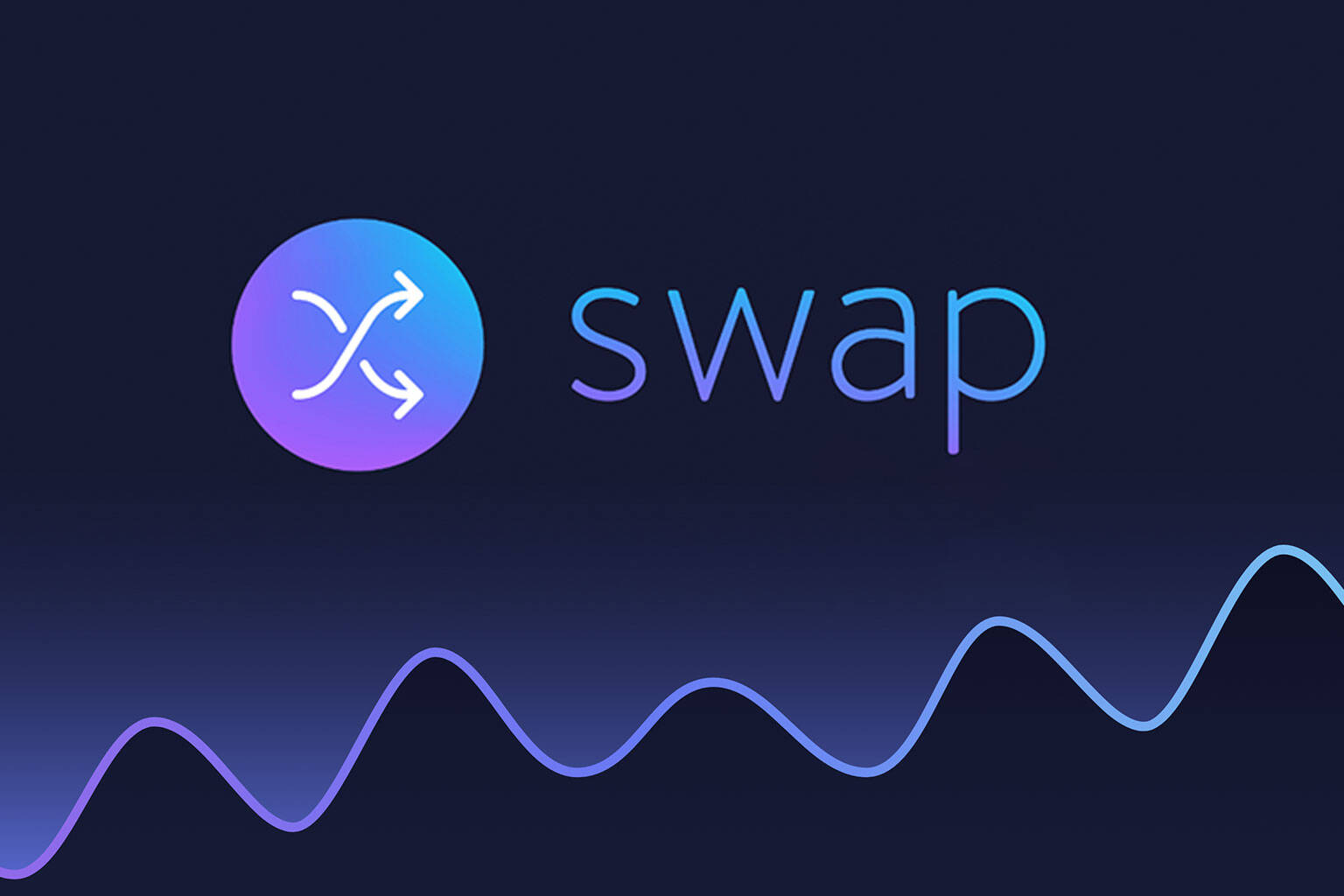What are leveraged tokens?
Leveraged tokens, also known as leveraged ETFs, are a type of financial instrument that allows traders to gain leveraged exposure to an underlying asset. Instead of buying the asset itself, investors can buy tokens that track the performance of the asset but with leverage.
For example, a 3x leveraged token would provide three times the underlying asset’s returns (or losses). However, it’s important to note that leveraged tokens have higher risks, as they amplify both gains and losses. It’s crucial for investors to fully understand and evaluate the risks before investing in leveraged tokens.
Pros of leverage tokens
Leveraged tokens offer several benefits to traders and investors. Firstly, they allow for amplified returns on investments. Using leverage, traders can gain greater exposure to the underlying asset without fully committing their capital.
Additionally, leveraged tokens can provide a way to hedge against potential losses in a portfolio. By investing in inverse tokens, traders can offset potential portfolio losses. Another benefit is that leveraged tokens can be easily traded on decentralized exchanges (DEXs), providing a more accessible and decentralized way to access leverage. Furthermore, leveraged tokens have low barriers to entry, as a smaller amount of capital is required to gain the same level of exposure as traditional leveraged products.
Overall, leveraged tokens provide a convenient, accessible, and cost-effective way for traders and investors to gain exposure to the market and amplify their returns.
Cons
Leveraged tokens come with several drawbacks.
Firstly, they magnify market movements, both gains, and losses. As a result, investors can quickly see their investments erode in value during a market downturn.
Additionally, these tokens are complex and may be difficult for the average investor to understand fully. Furthermore, they require constant monitoring as the leverage factor can change, leading to unexpected results. Lastly, they are not regulated, which increases the risk for investors. It is essential to carefully consider these disadvantages before investing in leveraged tokens.
Binance Levrage Tokens (BLVT)
Binance Leveraged Tokens, or BLVTs, provide an innovative way for traders to maximize their returns by trading on the spot market of the platform. Each BLVT is based on a perpetual contract, essentially tokenizing leveraged futures positions.
The platform offers UP and DOWN leveraged tokens for various networks, including BTC, ETH, XRP, LTC, etc. Binance BTCUP and BTCDOWN tokens were the first BLVTs to be introduced. The BTCUP token aims to generate leveraged gains when the underlying asset, Bitcoin, increases in value.
Similarly, the BTCDOWN token allows traders to gain leveraged returns when the price of Bitcoin decreases. The rate of leverage offered fluctuates between 1.25x and 4x, providing traders with a range of options to suit their risk tolerance.
How it works
Binance Leveraged Tokens (BLVTs) allow traders to gain leveraged exposure to the underlying assets. Instead of buying and holding a cryptocurrency, these tokens allow you to multiply your returns.
For example, a 3x leveraged token on Bitcoin would provide you with three times the returns of holding actual Bitcoin. However, it’s crucial to remember that leveraged trading also increases the risk.
BLVTs are designed for short-term traders who can handle volatility and are comfortable with the risk. They are available in long and short versions, meaning you can go long or short on a particular coin. Additionally, Binance ensures that BLVTs are constantly rebalanced to maintain the desired leverage, which enables traders to make the most out of their positions.
Leveraged tokens are advanced trading products that offer increased returns on investment, but it’s essential to understand the nuances and risks involved. To maximize gains, traders must familiarize themselves with the particular leveraged token and its rebalancing mechanism.
Be the first to try
Join our mailing list for early access to our service
Related Posts
February 14, 2023
Safesun coin

February 12, 2023
$loomi to USDT

February 8, 2023
XWP Price








